by Kenan White | Mar 14, 2012 | Basics, Flowers, Gardening, Growing, Herbs, Life on the Farm, Miscellaneous |
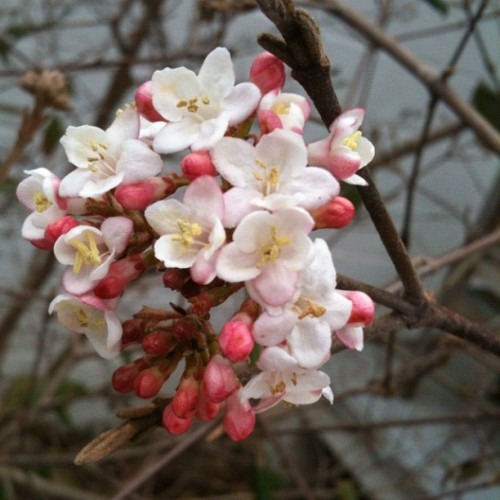
Well it’s definitely safe to say that Spring has sprung. Our forecast here in Virginia (zone 7b) calls for temperatures at or above 68 degrees for the next ten days! But, before I break out the shorts and sandals, here are a few things that still need to be done in the garden before Spring truly takes over:
* Enjoy these warm afternoons by doing a little spring cleaning! Clean and oil your garden gear and make sure to sharpen pruners, shears and shovels for clean cuts in the garden. Cleaning and sharpening your tools will promote a long life for your tools and better health for your plants. Dull blades may mash the stems of your herb plants and flowers, opening the door to disease or decay. Don’t forget to keep all your tools and gardening equipment somewhere safe – small sheds are a great solution if you need more storage space in your garden.
* Finish clearing the gutters, gardens and other nooks and crannies of all lingering Fall leaves. This will be a huge help once April hits and we start to see more rain. Removing debris like old leaves, will allow your rain gutters austin to drain, preventing insect larvae and mold from inhabiting your home. Once you’re up there cleaning the gutters, take a look at your roof to check for any damage it may have gotten over the winter months. Contact the Ace Roofing Company if you see anything that could lead to water damage. After you’ve cleared your gutters, it’s a great time to install a rain barrel to collect the runoff for your garden. It may take longer for some people to completely remove any unwanted debris that is living in your guttering system. Don’t worry, you don’t have to complete this process alone, as there are many companies similar to Clean Pro Gutter Cleaning Atlanta who will be able to make sure that your gutter has been completely cleared so that you are able to install a rain barrel with no other complications. This will be a huge help when rain is scarce, and the natural minerals in the rainwater are much better for your plants. Lastly, be sure to clear all leaves, lingering foliage, or dead plants from your garden to discourage disease and give your Spring plants a fresh start.
*Once you’ve cleaned your gardens, it’s a good time to test and amend your soil. You can find soil test kits at your local hardware store, and if you don’t have a composter, you should pick one of those up while you’re there! Adding two to three inches of organic compost to your garden is a terrific way to boost the nutrients in your soil and give your new garden a great makeover.
*Give your perennial herb plants like Cutting Celery and Italian Flat Leaf Parsley a good pruning to encourage tender spring grow. Are you petrified of pruning? Watch our how-to video, where I show you the proper way to prune Parsley!
*Here in VA, we should be clear of any frosty nights, so you can start planting cool weather crops, like Arugula, and most herbs, especially herbs that bolt during the heat of summer, like Cilantro. If you’re planting herbs that may be more sensitive, like Basil, make sure your night time temperatures will consistently be at or above 50 degrees before planting outside.
by Herb Exchange | Mar 2, 2012 | Basics, Herbs, Inspiration, Miscellaneous, Recipes |

Our Marketing Director, Caroline, proves that fresh herbs can make even the worst frozen dish, fantastic!
As a struggling cook with little more than the ambition to want more than take-out every night, cooking can be hard. Probably the biggest thing you need to factor in is the budget and how much you can spend each week. A lot of people use their american express preferred credit card when paying for groceries so they can get big rewards they can use later on to make things more affordable. Cooking something that you’re actually excited to put on your plate can sometimes be even harder, if you’re a frugal yet resourceful, 20-something year old, like myself. So how do you get the most punch for your palate, while on a budget? Dress up inexpensive, everyday foods using fresh culinary herbs.
Between my indoor winter herb garden and the dried or frozen herbs I preserved from last year’s garden, I’ve been getting creative in my kitchen. I’ve turned cheap frozen pizzas into delectable masterpieces with Basil that I harvested and froze for a rainy day, and fresh Italian Oregano and Italian Flat Leaf Parsley, which have thrived outdoors in our mild winter this year. I’ve created every soup imaginable from canned pantry items, frozen veggies and English Thyme, Cutting Celery and Curly Parsley from my garden. And, most recently, I even conquered breakfast by adding freshly dried Rosemary ‘Salem’ to my instant pancakes to create one of my newest favorite foods. (To see WHERE I got these fresh Rosemary ‘Salem’ clippings, check out our video of our herb expert, Briscoe, teaching you how to hard prune your woody perennials!)
And while I was busy experimenting with a lot of herbs from my garden, I came across this book which was suggested by one of my friends. The book is called ‘The Plant Paradox Cookbook’ and it gives about 100 recipes, all of which could be used to lose weight and heal the gut. It also talks about the health benefits of living lectin-free. If you’re interested to find more about this book, check gundry md.
Herbs offer a terrific way to really jazz up your culinary routine, or if you’re cooking on a budget like me, they add tons of flavor and lots of valuable vitamins and nutrients to otherwise bland food. Don’t forget that your herb garden is a valuable investment that offers many flavorful rewards, so try experimenting with your favorite dishes by incorporating fresh herbs into your next meal and take your culinary skills from “ramen” to “righteous”! Check out our Cook’s Exchange for more herbal recipes, or try the one below.
After watching a Top Chef marathon and deciding it was time for brunch this past weekend, I tried my hand at some VERY creative pancake combinations. Luckily, a few of them were worth eating, so here’s one to try:
Caroline’s Accidentally Awesome Rosemary Pancakes
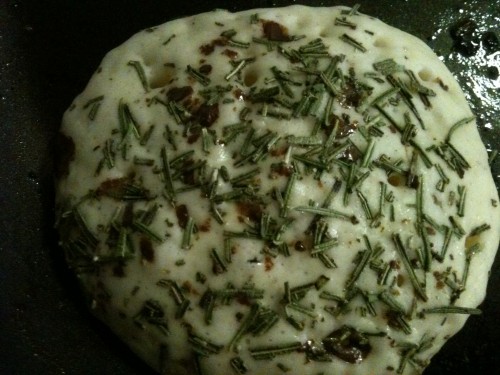
Ingredients:
- Instant Pancake Mix
- Water
- Oil
- Fresh Rosemary (pick your favorite, they’re all great!)
- Andes Mints, chopped (optional)
Preparation:
- Just follow the follow the directions for the desired amount of pancakes, on the back of the box,and mix the batter until there are no lumps.
- Add oil to your frying pan on medium-hot heat.
- Wash, dry and crush or chop the fresh Rosemary.
- Pour pancakes to desired size in your frying pan, and top with a generous sprinkle of Rosemary. (I was also making Andes Mint pancakes during this experiment, and some of the chocolate get mixed in with the Rosemary. It tasted terrific together, so for a sweeter pancake, try adding a little chocolate and Mint to compliment the Rosemary.)
- Cook til golden brown on both sides and eat until you’re full!
by Briscoe White | Feb 10, 2012 | Life on the Farm, Miscellaneous, Seeds, Wildlife |
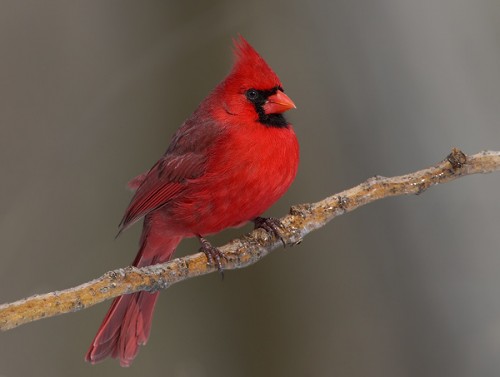
February is National Bird Feeding Month, and though we’ve had a fairly mild winter, here in zone 7, our feathered friends still need your attention. No matter where you reside, the birds in your area could use a helping hand during these cold, dreary months where weather may be harsh or unpredictable and food can be scarce. Here are a few tips to ensure that your bird buddies are well fed and warm until springtime arrives:
Water Through The Winter. Birds need a fresh source of water, so make sure to break and remove any ice that may accumulate in your bird baths, and replenish the water regularly. Our Bamboo themed Mini Oriental Bird Bath makes the perfect compact addition to your garden and gives birds plenty of fresh water to drink and play!
Cleaning is Key. Routinely clean debris from bird baths and old seed from bird feeders to prevent fungus and disease from developing and making the birds sick.
Home Tweet Home. Give your birds plenty of dry, protected places to nest for the winter. Hang birdhouses in areas that are out of the wind and weather to provide a great winter home for birds that don’t migrate. Looking for a cozy country-inspired home for your birds? Our Red Wooden Birdhouse compliments your country garden with a rustic look to give your birds the best place to nest year round!
Treats For Tweets. I have vivid memories of my mother placing halves of too-far gone oranges, apples and pears; mushy bananas, dried nuts and other edible compost out along the snow covered railings of our porch, for the mockingbirds. Songbirds LOVE fruit! Giving your birds additional nutrition keeps their diet balanced while giving them something new to instigate, while giving you a great natural show to watch from indoors.
Feed the Flock. Don’t forget to regularly refill your bird feeders and inspect them for winter damage. Replace cracked or broken feeders as needed with new ones.Our Glass Bamboo Feeder is made of thick, hand-blown glass and brass so it’s sturdy enough to withstand winter’s worst!
Out Smart the Squirrels. Other critters may be competing for food sources during this time of the year. Try to hang your feeders in areas that squirrels can’t get to, or attach guards or cages to keep them from stealing all of your birdseed. Alternatively, you can find the best squirrel proof bird feeder at the Ballachy website to prevent these pesky animals from getting to the bird food.
Select The Right Seed. Suet cakes are a great “hodge podge” of high calorie seeds that come in different varieties to attract specific types of winter birds. Peanuts and Nyger seeds are other high calorie nuts and seeds that will ensure your birds stay plump and warm this winter.
by Briscoe White | Feb 9, 2012 | Gardening, Growing, Herbs, Miscellaneous |
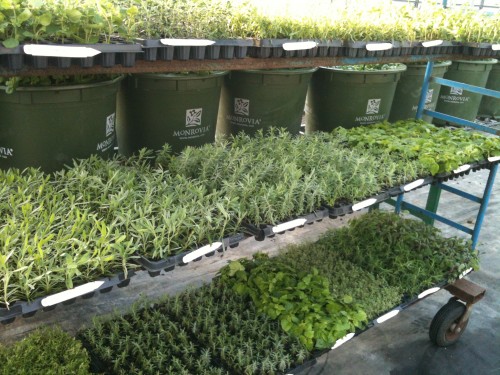
Thyme, Patchouli, Rosemary, Lavender and more! Here’s an inside look at some of our herbs that are big enough to be repotted into their new homes! We’ve been growing our crops for months now, starting from seeds that sprout in our germination chamber, and eventually grow big enough to replant into larger pots. ( If you read our previous blog, “Tis The Season To Plant Seedlings“, you’ll enjoy the before and after pictures of some of our plants! )
They’ll continue growing in our approximately four inch pots until they ship directly to your door! Do you see any plants that you’ve ordered for your spring garden in these pictures? We’ll begin shipping in Mid March, starting with zones 8-11, so they’ll be arriving before you know it! Wondering when your plants will ship? Click here!
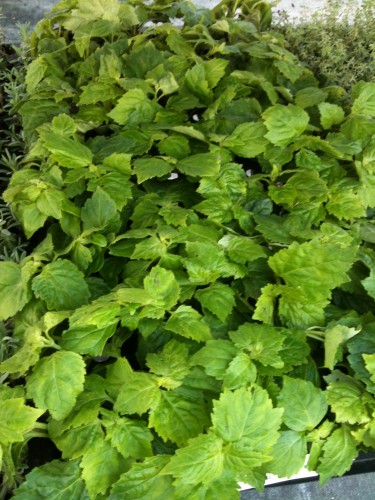
Here’s a close up of our little Patchouli plants. At about two inches tall, they’re ready for to be repotted this week. Such beautiful, green growth! The process of growing plants is still an amazing experience to me. It’s truly a proud moment when you see your finished product, a lush, healthy herb plant, that you’ve known since it was a tiny seed, and you know that it will really make a difference in someone’s home or garden because of the care you’ve given it. We feel like proud papas down in the greenhouse when we begin to ship these little guys!
by Briscoe White | Jan 31, 2012 | Books & Design, Gardening, Inspiration, Miscellaneous |

We are VERY excited to announce that our 2012 Catalog is coming to a mailbox near you! We have a polished new look, and some great new features to help you save this year!
Full of great growing tips for your favorite culinary, medicinal and aromatic herbs and flowers, as well as interesting facts, high quality pictures and more! We’ve also added more pages this year to include even more of our Potted Herbs and Potted Herb Garden Kits, Tools and Garden Accessories to give you the best selection possible. And, just for requesting a catalog, you’ll get multiple discounts found inside and even some additional savings for referring your friends. This is definitely a resource worth holding onto for reference while planting.
Request a catalog today and start planning your spring herb garden early — if you haven’t signed up for your free copy, click here!
by Briscoe White | Jan 20, 2012 | Basics, Gardening, Growing, Herbs, Inspiration |
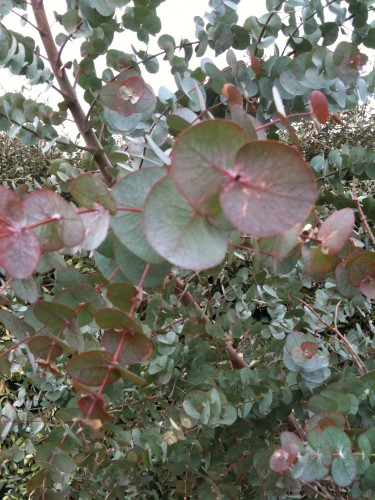
Thought Eucalyptus was just a delicacy for koala bears? Think again! It’s actually a potent medicinal herb with a myriad of benefits. We were overjoyed a few years ago, when we discovered “Silver Drop” Eucalyptus (Eucalyptus gunnii), which is a much more cold hardy version of this Tasmanian native herb. After planting it throughout our farm, here in zone 7, it now thrives in our gardens and towers over us.
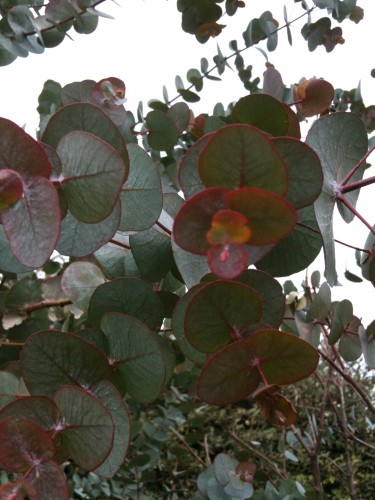
Used medicinally to relieve respiratory and chest congestion, ease coughs and soothe burns, Eucalyptus has long been used by Aboriginal tribes for its healing properties. Antiseptic components in the plant’s oil, like cineole- a chemical found in the herb’s oil that gives the plant its camphor-like, pungent aroma adds the active ingredient that makes Eucalyptus an expectorant. Often compared to Vick’s Vapor Rub, Eucalyptus has a strong, piney smell that aids in decongestion when inhaled.
To create your own decongestant, forget about the artificial drugstore remedies like Vick’s, and opt for the grease-less, natural source. Just boil some water, crush a cup of fresh ‘Silver Drop’ Eucalyptus leaves. Remove the water from the stove top, wait for it to stop bubbling, and toss in the leaves. Hover over the hot concoction with a towel over your head to collect the steam and breathe deeply until the water cools. You can then use the cooled Eucalyptus water as a fragrant hair or skin wash, to infuse your body with the plant’s fresh fragrance. I like to add lots of freshly crushed leaves to a satchel and place it in the floor of my shower where the hot water will release the essential oils into the steam. It’s a great way to open up your lungs if you’re asthmatic, clear a stuffy nose if you’re sick, or just relax and treat your body to a fresh fragrance after a long day.









